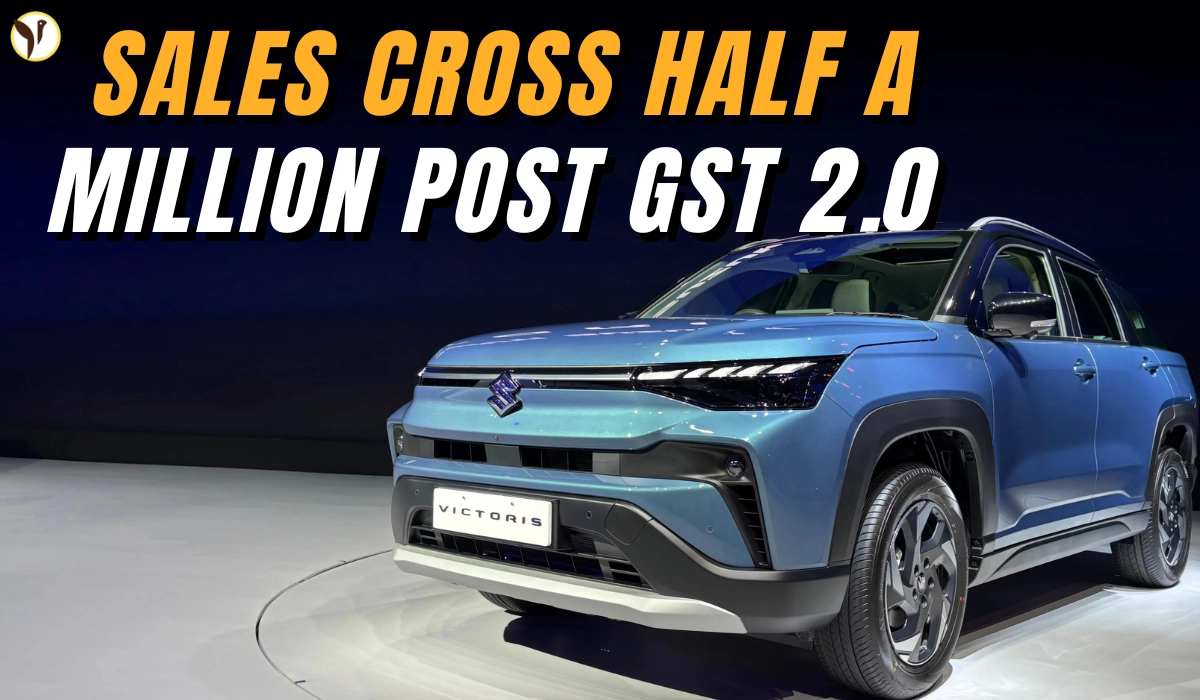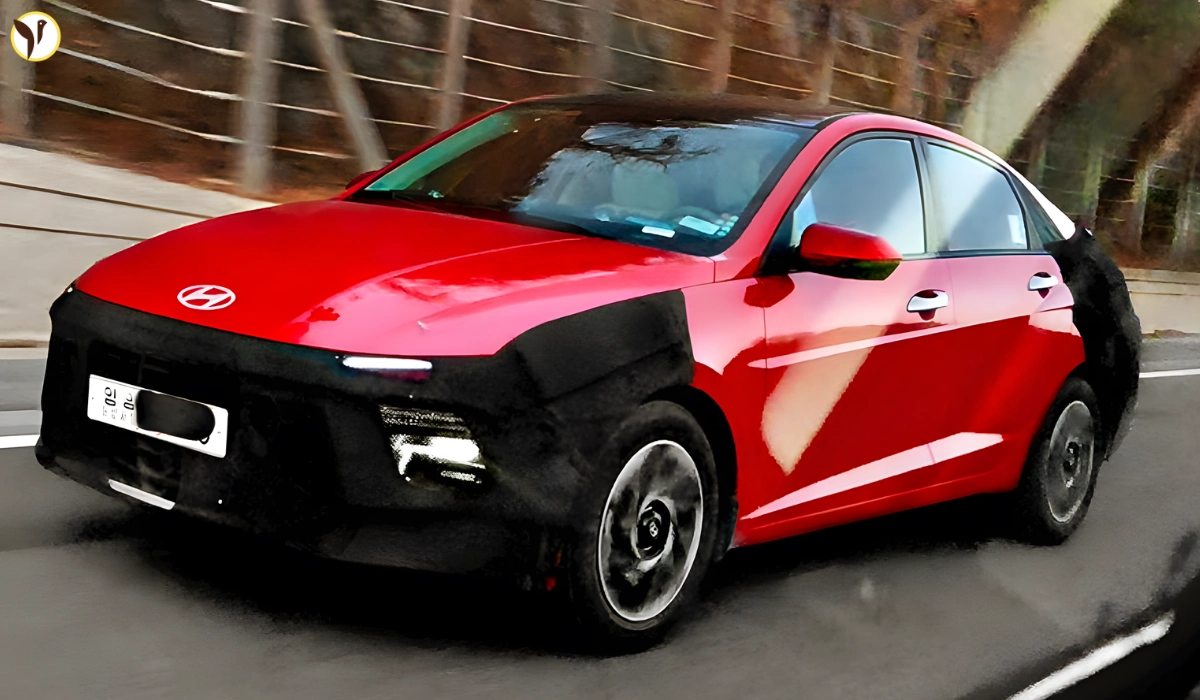In the month after the implementation of the GST 2.0 (Goods and Services Tax reforms 2.0) on September 22, 2025, India’s automobile industry saw a sharp surge in passenger vehicles sales. Retail sales in India jumped to between 650,000 and 700,000 passenger vehicles during the roughly 26-day tax window compared to traditional monthly sales of approximately 250,000 to 300,000 passenger vehicles.
According to the Federation of Automobile Dealers Associations, the GST slated certain small cars at 18% (lowered from 28% + cess) GST and established tax incidence at roughly 40% for other larger vehicles. The implementation of GST led to significant booking increases and showroom visits as consumers queued up to leverage the new rates, especially due to festival-loaded months like Navratri and Diwali.

Segment Winners and Industry Snapshot
Several companies and segments posted record performance, although not every automaker experienced the same outcome with the tax-led bump. Below, is an overview of some companies and segments and posted levels of growth to previous month sales levels.
|
|
|
|
|
|
|
|
|
|
|
|
A few lessons taken away from data as it began to emerge:
- The small car segment is still the largest benefiter of price lowering, as cost-sensitive buyer responded immediately.
- The premium and luxury segments also experienced meaningful returns, suggesting the widening value of ceasing all goods to a neutron rate.
- Supply chain slowdowns, coupled with high-tax vehicle inventories may temper the sustenance of the uptick. Dealers observed excessive old-tax inventory write-offs to be in the thousands of crore rupees.

What Lies Ahead: Sustainability & Risks
While high sales numbers are heartening, insurance observers question the sustainability of the uptick, which is likely partly stimulus-driven and likely temporary. Major risks include:
- Backlogs in Delivery: To have a lot of bookings is one thing; to fulfill those bookings within an acceptable time period is altogether a different thing.
- Financing & Affordability: Tax cuts make for less painful pricing today, but the sustainability of underlying demand depends on broader macro-financial conditions such as interest rates and rural incomes.
- Old Vehicle Inventory Write-offs: Dealers holding inventory that falls under the old tax regime may write-off the cost of their unsold inventory for the mentioned losses before taxes, that could may provide increased discounts and reduced their margins, as their area of operation hopefully will change over time.
- Export and Continued Production: While waiting to see how manufacturers respond to the changes in the new taxes to the export market and manufacturing.
All in all, government entities and businesses gave comfort that the sales increase provides evidence of a good condition for growth for both manufacturing and consumption cycles, and transition plans for phases of mobility within India. Once the market operates into a "new normal," this could potentially be the start of a longer period of growth for the industry.
'The GST 2.0, which came into force a month ago, has given a significant push to the automotive industry, with car sales more than doubling to over half a million units.
— Nirmala Sitharaman Office (@nsitharamanoffc) October 22, 2025
Market observers say that the retail total of the entire passenger vehicle industry between the… pic.twitter.com/Bv5u7BD5Gq
The GST 2.0 reform ignited a swift recovery in the Indian passenger-vehicle market, with sales rising to between 650,000 and 700,000 units in less than a month—a significant increase from the typical monthly run-rate. Sales jumped due to lower tax rates, the timing of festivals, and pent-up demand. Now, as manufacturers and retailers scramble to halt the momentum, the important question is whether this growth can be sustained past the first wave of benefit. The answers will shape the direction of the Indian auto industry for the upcoming year.
Also Read:









